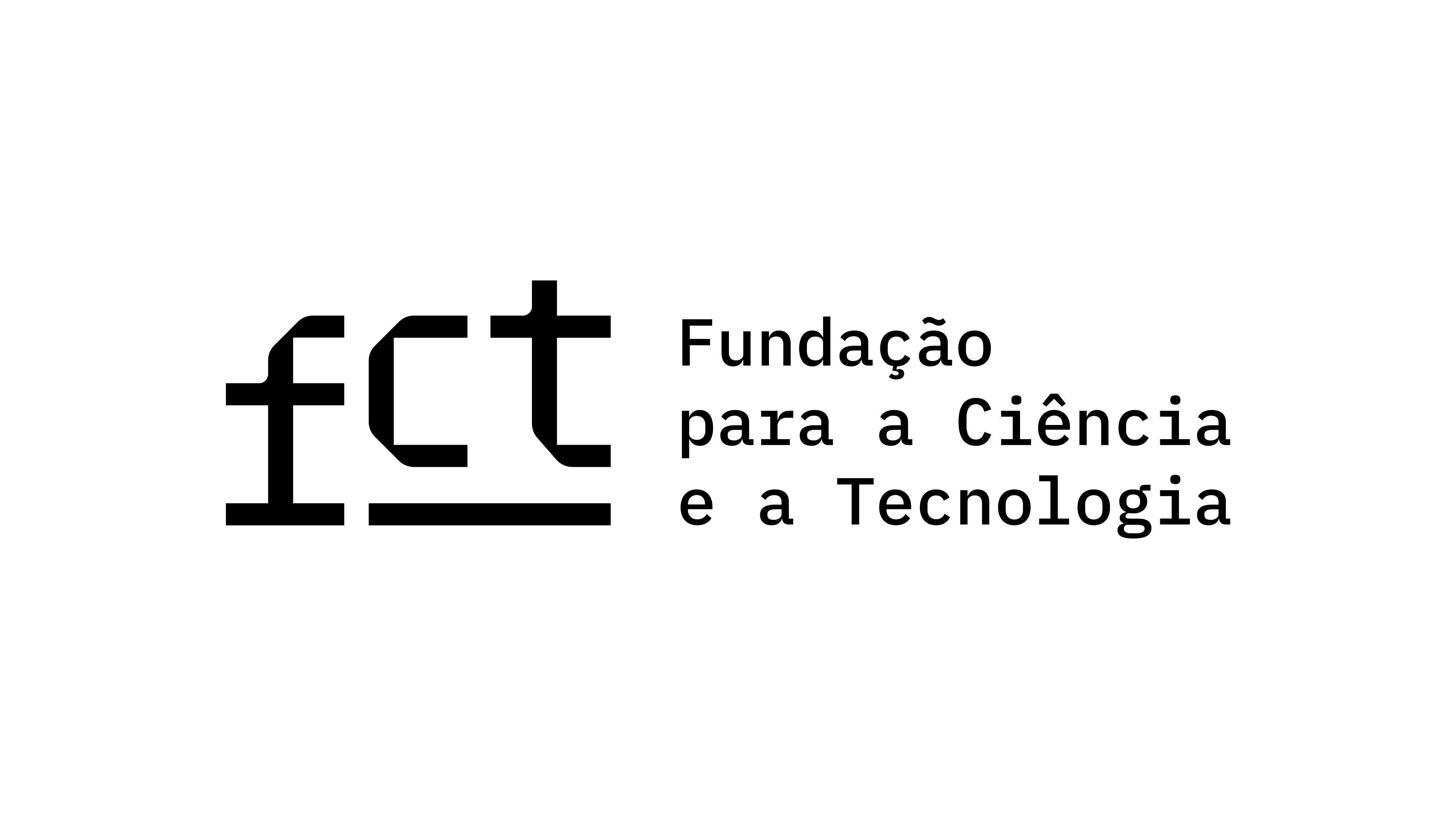Frontera Verde: Towards Ecocritical-Decolonial Image/Cinema
DOI:
https://doi.org/10.34619/zyeu-qfzzPalavras-chave:
Frontera Verde, EcEcocritical-decolonial-cinema, Epistemicide, Amazon, White Anthropocene, Colonisation, Racial Extractive CapitalismResumo
This paper considers the television series Frontera Verde (2019) as an essential decolonial-ecocritical production of the 21st century. We are not focusing on the formal aesthetic analysis of cinematic images/production as such; rather, we are approaching the analysis from the historical and geopolitical perspective. Historical facts of European colonisation and missionaries’ expeditions in the Amazon are central to the decolonial visual production that articulates a critical understanding of the historical and geopolitical background of crimes against Indigenous and black peoples and a threat against biodiversity, plurality, freedom of movement and cultural representation. The first feature that advocates decolonial-ecocritical aesthetics is locality: Frontera Verde is filmed on the tripoint of the Colombian-Brazilian-Peru border, which was geopolitically a territory of settler colonisation. The second feature is the question of epistemicide: appropriation of knowledge and natural resources from Indigenous culture, which rejects life based on the Eurocentric worldview. The third feature is the question of femicide/genocide over the Indigenous bodies. Thus, Frontera Verde brings into close relation the legacy of European colonisation of the Amazon region and points to the urgent problem of the environmental destruction of the Amazon forest and the Indigenous way of life. Therefore, we think about how the neo-colonial grammar of racial and extractive capitalism is indivisible from the media/cinema and environmental representation.
Downloads
Publicado
Como Citar
Edição
Secção
Licença
Direitos de Autor (c) 2022 Cinema: Revista de Filosofia e da Imagem em Movimento

Este trabalho encontra-se publicado com a Licença Internacional Creative Commons Atribuição 4.0.




